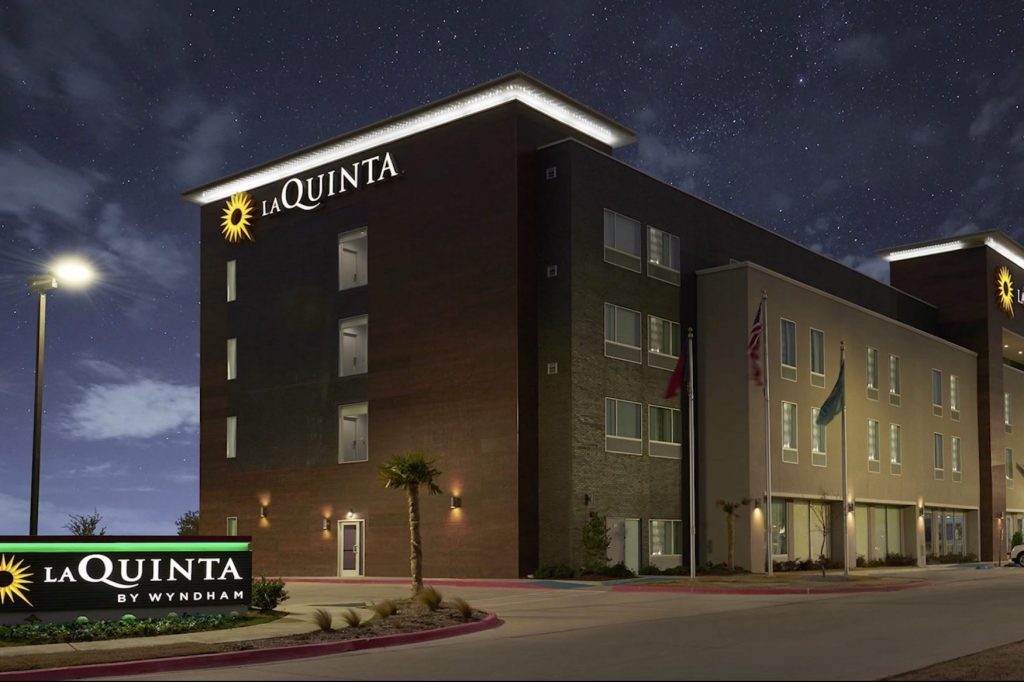Skift Take
Wyndham snapped quickly back to profitability from pandemic losses, but there is still plenty of work ahead to get back to 2019 performance levels.
At least one comeback kid has emerged for the hotel industry during what many expect to be the worst year on record for the travel industry.
Wyndham Hotels & Resorts posted a $27 million third quarter profit, the company reported after stock markets closed Wednesday. Don’t mistake profitability with a sign the pandemic is in the past, however. The global hotel industry continues to see major declines in occupancy compared to last year and faces the threat of second and third-wave coronavirus case surges around the world.
But Wyndham’s portfolio largely caters to the kind of travel guests still feel comfortable with during a pandemic: drive-to, leisure, and even critical business travel.
“As a lodging leader for these everyday business travelers, we are not reliant on air travel, international inbound, or large convention-based corporate travel, which is one reason why our business is uniquely positioned to continue to outperform,” said Wyndham CEO Geoff Ballotti on Thursday during an investor call. “Our drive-to, leisure business has never been better positioned for growth.”
The company’s weekend drive-to and leisure travel is up 26 percent since the second quarter, and mid-week business travel is up 19 percent, Ballotti added. Roughly 70 percent of Wyndham’s overall bookings come from leisure travelers while 30 percent stems from “everyday business” travel — largely on-the-road employees working within industries like infrastructure, construction, or logistics.
La Quinta was Wyndham’s best-performing brand for the quarter. But a Georgia Howard Johnson is routinely selling out every night from construction workers who are building a nearby battery warehouse for South Korean firm SK Innovations.
“Those are the boots in the bed we talk about on the infrastructure side,” Ballotti said.
The strong rebound comes after the company posted a $174 million second quarter loss, which many expect to be the worst financial quarter for the entire hotel industry.
Despite some suspended operations earlier this year due to low demand, nearly all of Wyndham’s U.S. hotels are now open. Roughly 80 percent of franchisees are running at occupancy rates over 30 percent — typically the financial breakeven point for a Wyndham property, according to the company’s chief financial officer Michele Allen.
“Our business has showed tremendous resilience through this unprecedented crisis,” she added.
Clinching a Full Recovery
While Wyndham saw some performance strength in the third quarter, there is still work to be done to notch a full recovery from the pandemic.
Global revenue per available room — the hotel industry’s key performance metric — is still down 35 percent compared to this time last year. U.S. occupancy peaked at 50 percent in July and dropped to 47 percent in September.
International average occupancy was 34 percent for the third quarter, but China is a bright spot, with October occupancies coming close to 2019 levels.
A new mobile app as well as customer data platforms and direct booking channels for business travelers are all meant to help drive bookings out of the crisis. The company continues to work with struggling operators by offering deferred fee payments and relaxed property improvement plans.
“Moving forward, what our franchisees are most interested in and what we’re spending the most time on is getting them more support on the federal level,” Ballotti said. “The biggest hope is they will have a second draw on [the Paycheck Protection Program loans]. I’m still optimistic that can get done by the end of the year.”
Wyndham’s improvement trajectory comes amid a surge in new coronavirus cases around the world, but Ballotti downplayed its potential impact to the company’s business heading into winter. A summer surge in the U.S. across the Sun Belt didn’t impede bookings.
“We’re not yet seeing any change, but it’s certainly of concern and something our teams are watching,” Ballotti added.
Pumping Up the Portfolio
Wyndham leaders have been among the most vocal in the hotel industry since the start of the pandemic regarding plans to appeal to independent hoteliers to sign a franchise agreement — a process known as a conversion. Those talks appear to be working.
Wyndham signed 152 hotel agreements in the third quarter, and U.S conversions were up 23 percent compared to last year. Conversion activity was significant in Sun Belt markets like Georgia, Arizona, Florida, and Texas. Brands like La Quinta, Baymont, and Travelodge (unrelated to the UK brand of the same name) were popular conversion choices.
Wyndham earmarked $20 million in what it calls development advance spend — money that can go toward attracting new properties into its system or retaining owners of properties considering leaving. The company could double that budget based on growth opportunities it sees heading into 2021, Allen said.
But Wyndham’s executives, like many investors in the hotel industry, say it is still a waiting game for owners of existing properties to fully accept a bigger brand may be their best option to get to the other side of the pandemic.
“There are so many independent developers that are out there that are realizing a brand could provide [revenue per room] premiums and lower distribution costs and operating cost savings, but they’re just not ready to make that decision,” Ballotti said.
Have a confidential tip for Skift? Get in touch
Tags: coronavirus, coronavirus recovery, wyndham
Photo credit: Wyndham is back to profitability after posting a $174 million loss in the second quarter, believed to be the worst from the pandemic. Wyndham Hotels & Resorts
